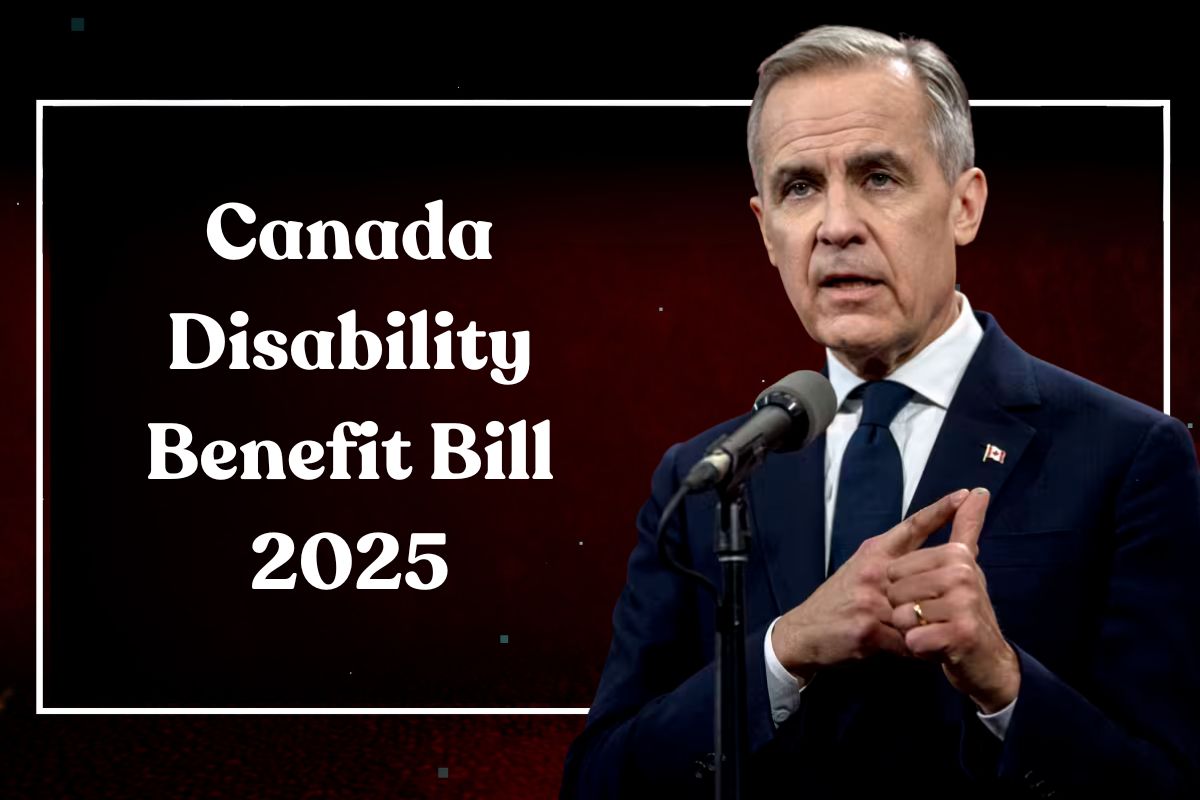Missing a tax deadline in the United States may not be the end of the world. But if you have yet to file your IRS return for 2025, you should be aware that it can quickly get ugly. While payments from SSI aren’t taxed, most other types of income are, and neglecting that fact may end up costing you more than you bargained for. Whether it was a time constraint, oversight or plain avoidance — the clock keeps ticking.

IRS Penalties in 2025 Explained
Penalties start accumulating the moment the deadline is over. In either case, late filing of taxes can generate hefty penalties and interest charges that accrue over time. How do you prepare? In the real world, good tax preparation will save you from these problems by getting you the information and lead-time needed to file correctly and timely.
So, in the present article, I will discuss the financial repercussions you can face for missing the tax deadline, what to do to prevent fines, and how to get back on track with the Internal Revenue Service (IRS).

What happens if You Fail to File your IRS Return for 2025?
Let’s examine the penalties that the IRS may impose. How much does it cost you to file after the deadline?
Failure-to-File Penalty
Compared to the failure-to-pay penalty, the failure-to-file penalty is far harsher:

- For every month or portion of a month that your return is late, you will be assessed a penalty equal to five percent of your unpaid taxes.
- The maximum penalty is equal to 25% of your outstanding taxes.
- The minimum penalty is either $510 (for 2025) or 100% of the tax due, whichever is smaller, if your return is filed more than 60 days after the due date.
- The day following the deadline for submitting taxes is when the penalty starts to accumulate.
Failure-to-Pay Penalty
You will be subject to a failure-to-pay penalty even if you file on time but do not pay the entire amount due:

- For each month or portion of a month that you are behind on your taxes, the usual charge is 0.5 percent of the outstanding taxes.
- If you don’t pay within ten days of getting an IRS notification about intent to levy, the penalty rises to one percent each month.
- Additionally, this penalty is limited to 25% of your overdue taxes.
- The cost decreases to 0.25 percent per month if you file on time and establish an authorized payment plan.
Combined Penalties
Here’s what to anticipate if both fines are applicable in the same month:

- Instead of five percent, the failure-to-file penalty is now only four and a half percent.
- The penalty for nonpayment is still set at 0.5 percent.
- The monthly penalty as a whole rise to 5%.
Interest-Based Fees
The IRS levies interest on the outstanding tax balance in addition to penalties:
- Interest keeps building up until your entire total is paid off. It compounds every day.
- The interest rate is three percent more than the federal short-term rate.
- The rate, which is now 7% for early 2025, is set on a quarterly basis and is subject to change.
- Interest charges, in contrast to fines, are typically non-negotiable.

What Steps You Can Take If You’ve Missed the Filling Deadline?
You do not need to take stress even if you’ve missed the deadline, there are steps you can take to get into compliance and maybe mitigate penalties. If you’re not sure what to do next, then you should consider the following suggestions –
1. File Your Return as Soon as Possible
Even if you are unable to pay your payment in full, it is important that you file your return as soon as possible. By doing this, the accumulation of the failure-to-file penalty—which is assessed at a significantly higher rate than the failure-to-pay penalty—is avoided.
2. Pay as Much as You Can
It is first and foremost that you pay as much as you can while filing tax bill even if you are unable to pay the full tax amount. This lowers the amount that is subject to failure-to-pay penalties and interest. Each dollar you pay upfront will save you money in penalties and interest down the road.
3. Ask for a Payment Plan
When your tax bill cannot be paid completely by you then in that situation, the IRS provides a number of payment alternatives:
- Short-term payment plan: For less than $100,000 that you can pay in 180 days.
- Long-term payment plan (Installment Agreement): For larger dollar amounts or payment periods.
- Temporarily delay collection: If you are facing economic challenges.
Some advantages of entering into a payment plan include:
- Lower failure-to-pay penalty from 0.5% to 0.25% monthly.
- Avails you from more aggressive collection actions by the IRS.
- Tax bills can be paid in reasonable installments by you.
4. Request Penalty Abatement
The IRS can forgive penalties (though not interest) in some circumstances:
- First-time Penalty Abatement: If you have a clean history of compliance for the past three years.
- Reasonable Cause: If you can prove you were late in filing or paying because of events beyond your control, including:
- Severe illness or death in family
- Natural disasters
- Fire, casualty, or other disruptions
- Inability to access required records
- Unavoidable absence
5. Think About Filing for an Extension Next Time
To prevent late filing penalties in the future, keep in mind that you can get an automatic six-month extension by filling out Form 4868 on or before the original deadline. Keep in mind that this pushes your filing due date (typically to October 15) but not your payment date. You are still responsible to estimate and pay any taxes due on or before the original deadline to prevent failure-to-pay penalties and interest.
The Bottom Line
It is not catastrophic to miss the tax filing deadline. Being organized, moving swiftly, and utilizing the IRS’s programs and services are crucial. By doing this, you can reduce monetary losses and put yourself on a course for sustained compliance. If you’re not sure where to start, see a knowledgeable tax expert who can assess your particular circumstances and walk you through the following stages.
| Official Website | Click Here |
| Homepage | BSEBSTET.Com |





